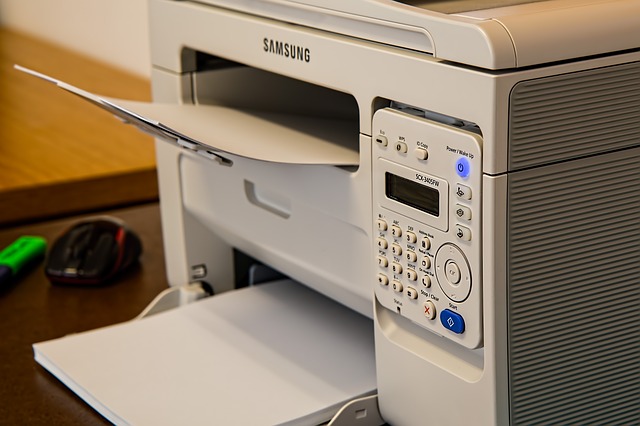
Copiers have evolved dramatically over the past 15 years and while that may sound like a good thing, it’s not really so good for the copier manufacturers. This may mean that it’s also not so good for you – the user.
As background, 15 years ago, copiers were just starting to evolve from the older analog models to digital platforms. What’s the difference? Analog units worked by reflecting light off of a document and then ‘bouncing” it through a series of mirrors to a drum where it would “charge” the drum to attract toner that it would then transfer to paper. Pass the paper through a heat roller to bond the toner to the paper and you had your copy. To make multiple copies, you had to scan multiple times – “Scan many, print many.”
Copiers were traditionally sold on a three year lease with a “click charge”. There was a monthly charge for the lease and then a charge per copy for every copy run. That charge per copy (click charge) includes both the cost of the toner, which the vendor supplier as well as the maintenance of the unit by the vendor’s service people.
These units were never going to be as reliable as other office equipment because of the high use and the repetitive mechanical action. Vendors could easily upgrade customers to the next great thing because people grew tired of their unreliable old copier. Leases were written for three years and were easy to “roll over”.
The industry then began to evolve to Digital Copiers. These would scan the copy, store it in memory and print it out as many times as needed. These were the “Scan once, print many” generation. They were inherently more reliable because of the fewer moving parts and they allowed the vendors to build in many optional features that would help increase the cost.
These features included using the copier as a shared printer, a fax machine, and a scanner to both email and to storage. Print volume went up, vendors were happy and customers enjoyed the new reliability. And that then became the vendor’s problem.
Because the units were more reliable and had so many features available, buyers and users were reluctant to upgrade as often. Vendors began to run out of new features to incent upgrades. To keep the revenue stream going, they turned to color.
Color copiers had been around for years. They produced high quality “glossy” copies at a high price and a very high click charge. This was usually kept down in the copy room and required approval to be used. What the vendors came up with now was “business color”. This color was great for graphs, bar charts and power point presentations with more of a “matte” finish, and was at a much lower cost than the big color printer.
To build the revenue, they started making it standard on a full line of copiers. Now everyone could have color. But, while the color pricing was much lower than in the past, it was still higher than the black and white cost. And, because the printer could print both black and white and color, the black and white cost was slightly higher. Win-win for the vendors. A higher black and white cost and the potential for still higher color cost that they never got before on the basic office copiers.
Today, color is common and is driving the revenue for the vendors. The question you need to ask as users is, do I really need this? If yes, do I need to control it somehow? Imagine all of those little league schedules and apple pie recipes that everyone uses the office copier for, now being printed in color. It can be controlled by using passwords to access the color capability or by having software to charge each department for the copies they print. In the end though, the best control may be to still only have black and white copiers for the floor use and just a few of the business color copiers that are controlled. In the end, color costs money.